Anyone have idea on how to load test floating shelves?
youngdeb
17 years ago
Featured Answer
Sort by:Oldest
Comments (13)
kudzu9
17 years agoRelated Professionals
Forest Hills Cabinets & Cabinetry · Livingston Cabinets & Cabinetry · Tooele Cabinets & Cabinetry · Parsippany Carpenters · Sudbury Carpenters · Albuquerque Flooring Contractors · Cincinnati Flooring Contractors · Elgin Flooring Contractors · Fairfax Flooring Contractors · Faribault Flooring Contractors · Honolulu Flooring Contractors · Fullerton Flooring Contractors · Milwaukee Furniture & Accessories · St. Louis Furniture & Accessories · Tulsa Furniture & Accessoriesericwi
17 years agoJon1270
17 years agobrickeyee
17 years agoericwi
17 years agoron6519
17 years agoyoungdeb
17 years agoJon1270
17 years agoyoungdeb
17 years agoJon1270
17 years agobrickeyee
17 years agoJuliet Hurley
3 years ago
Related Stories
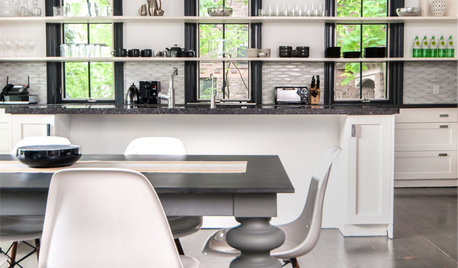
MOST POPULAR8 Beautiful Ideas for Floating Shelves
Get clean-lined storage and display on walls, over windows and in nooks using versatile floating shelving
Full Story
LAUNDRY ROOMSThe Cure for Houzz Envy: Laundry Room Touches Anyone Can Do
Make fluffing and folding more enjoyable by borrowing these ideas from beautifully designed laundry rooms
Full Story
MUDROOMSThe Cure for Houzz Envy: Mudroom Touches Anyone Can Do
Make a utilitarian mudroom snazzier and better organized with these cheap and easy ideas
Full Story
KITCHEN DESIGNThe Cure for Houzz Envy: Kitchen Touches Anyone Can Do
Take your kitchen up a notch even if it will never reach top-of-the-line, with these cheap and easy decorating ideas
Full Story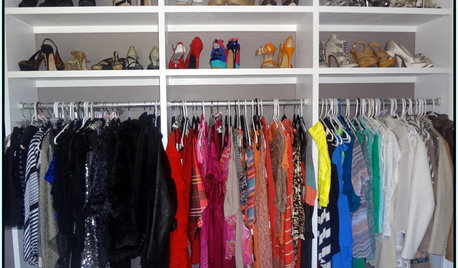
STORAGE5 Tips for Lightening Your Closet’s Load
Create more space for clothes that make you look and feel good by learning to let go
Full Story
BUDGET DECORATINGThe Cure for Houzz Envy: Entryway Touches Anyone Can Do
Make a smashing first impression with just one or two affordable design moves
Full Story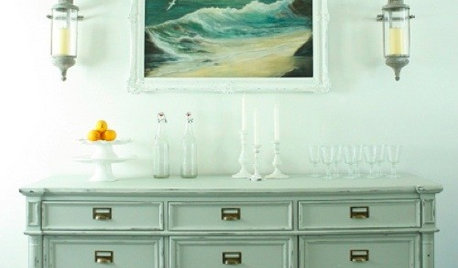
DECORATING GUIDESThe Cure for Houzz Envy: Dining Room Touches Anyone Can Do
Get a decorator-style dining room on the cheap with inexpensive artwork, secondhand furniture and thoughtful accessories
Full Story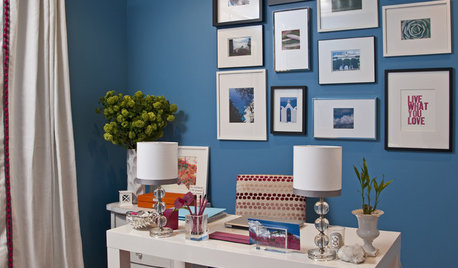
HOME OFFICESThe Cure for Houzz Envy: Home Office Touches Anyone Can Do
Borrow these modest design moves to make your workspace more inviting, organized and personal
Full Story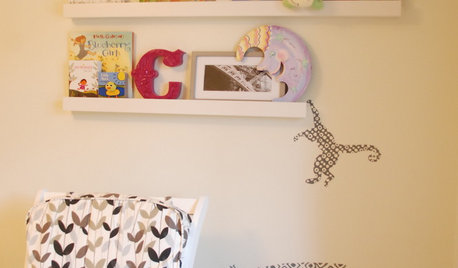
SHELVESFloating Shelves: Minimal Design, Maximum Flexibility
Spare your walls with a shelf that holds an ever-changing collection of the stuff you love
Full Story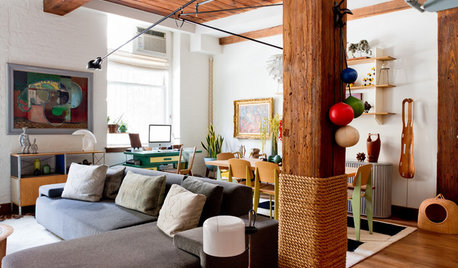
ARCHITECTURE21 Creative Ways With Load-Bearing Columns
Turn that structural necessity into a design asset by adding storage, creating zones and much more
Full StoryMore Discussions










Jon1270